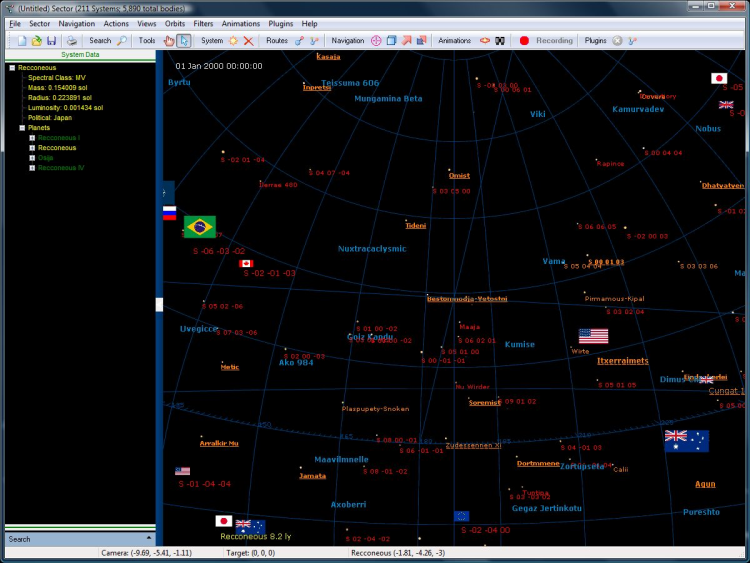
How are the initial rotation rates of the planets and moons assigned? Does the generator take into account the effect of tides in slowing rotation over time and thus producing tidal locking? Does it assign spin:orbit resonance instead of tidal lock in the case of worlds with sufficiently eccentric orbits?ĭoes the generator take into account the age of the planet in generating a geothermal heat flux and deriving levels of volcanic activity and tectonic convection. How is the initial allocation of volatiles done: does it depend on distance from the star, or condensation temperature? The generator doubtless assigns a volatiles budget to each planet and moon in some form, and takes into account the effect of Jeans escape in boiling away the light volatiles. What's the distribution, and does it take into account the effect of tides in reducing obliquities over time? The generator doubtless assigns obliquities (axial tilts) to rotating orbiting bodies.

Does it go as far as to generate an inclination, an argument of the periapsis, a longitude of the ascending node, and a true anomaly? Does it take into account the effect of tides in reducing inclination and eccentricity over time? Does it assign larger eccentricities to the innermost and outermost members of a closely-spaced orbital sequence? (e.g. The generator doubtless assigns orbits to the planets, including semi-major axes and eccentricities.

These matters have unplumbed depths, and I'd like more specific information on how deep Astrosynthesis goes. That's very promising, but there are an awful lot of scientific principles bearing on the surface conditions of a planet. When you generate a sector map, you're not getting a mish-mash of unrelated planets and stars - you're getting plausible star systems!". When generating systems, the program applies many scientific principles from the areas of physics, planetary sciences, atmospheric chemistry, and astronomy.

The information page about the system generator tells me that "AstroSynthesis' built in Star System Generator isn't just a randomizer. The fourth is about the depth of scientific plausibility in program output.

I just have a few questions as to whether it is likely to be suitable to my needs. My birthday is coming up, and I'm thinking of treating myself to a copy of Astrosynthesis 3.0.


 0 kommentar(er)
0 kommentar(er)
